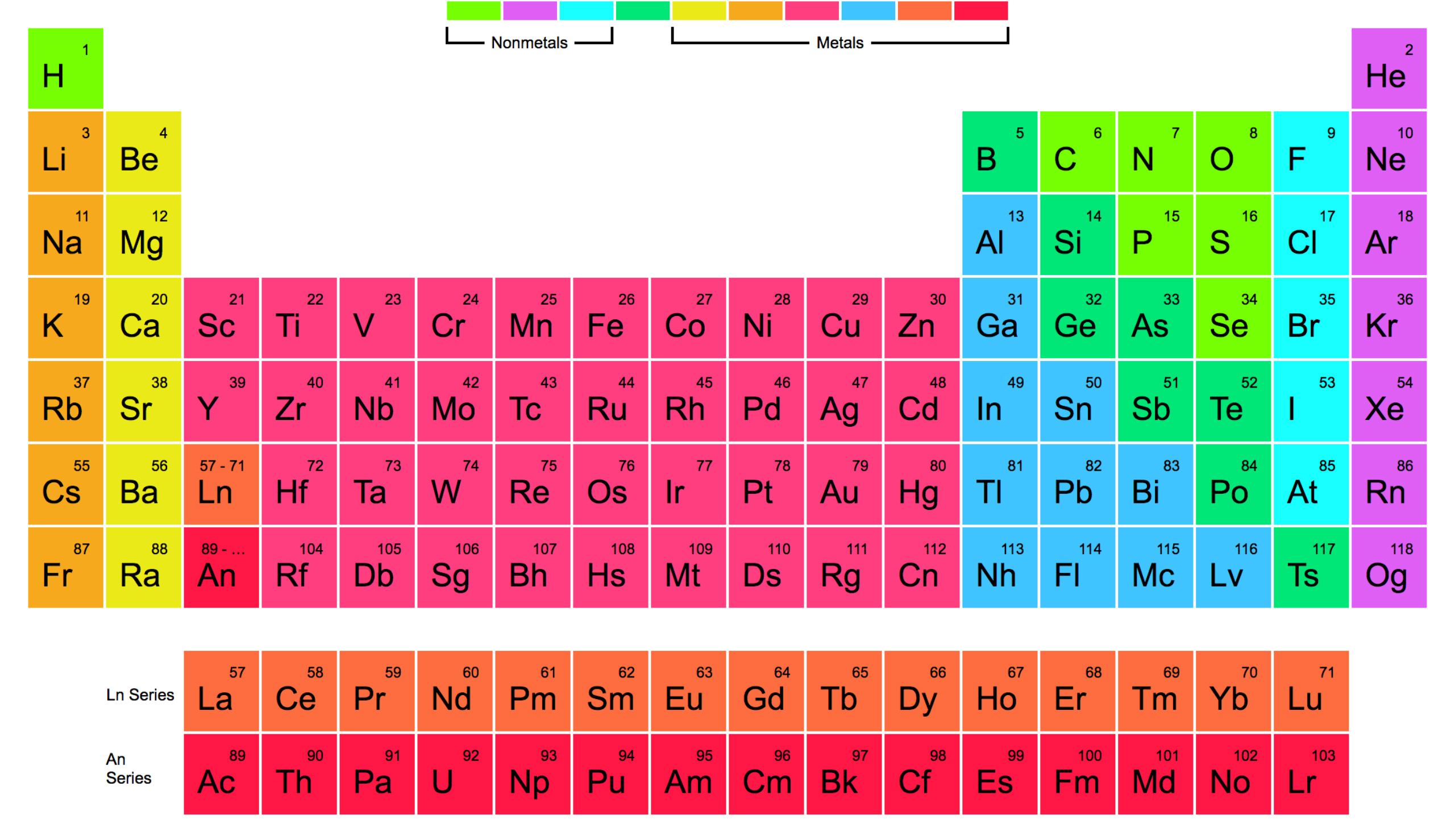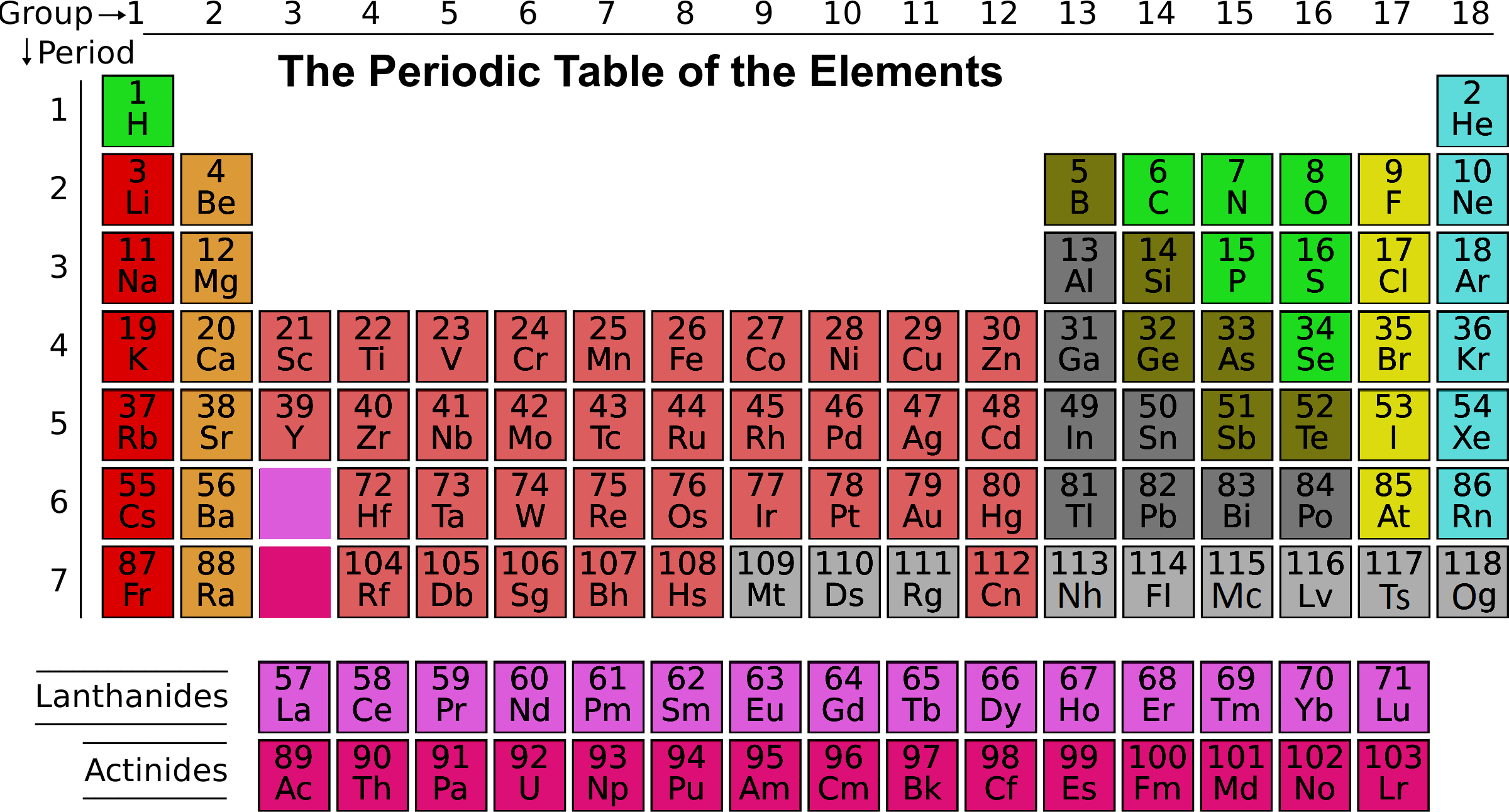
The atomic masses of other elements, especially radioactive elements, are not known as precisely. The atomic masses of some elements are known very precisely, to a large number of decimal places. The atomic masses in Table 17.1 "The Basics of the Elements of the Periodic Table" represent the number of decimal places recognized by the International Union of Pure and Applied Chemistry, the worldwide body that develops standards for chemistry. However, some applications (especially nuclear chemistry see Chapter 15 "Nuclear Chemistry") require more decimal places. For many applications, only one or two decimal places are necessary for the atomic mass.

One item on most periodic tables is the atomic mass of each element.

The Internet is a great place to find periodic tables that contain additional information. What follows here is a more complex version of the periodic table than what was presented in Chapter 3 "Atoms, Molecules, and Ions". Periodic tables are available with a variety of chemical and physical properties listed in each element’s box. Many of the physical and chemical properties of the elements are either known or understood based on their positions on the periodic table. The periodic table is arguably the best tool in all of science no other branch of science can summarize its fundamental constituents in such a concise and useful way. The periodic table, introduced in Chapter 3 "Atoms, Molecules, and Ions", lists all the known chemical elements, arranged by atomic number (that is, the number of protons in the nucleus). In this chapter, we present some data on the chemical elements.

Chapter 17 Appendix: Periodic Table of the Elements


 0 kommentar(er)
0 kommentar(er)
